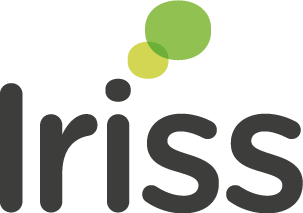Over the past few weeks, we have had the chance to listen to practitioners from across Scotland reflect on safeguarding and child protection. These conversations were about surfacing views, experiences, tensions, and insights from those who are working with children and families. More than 100 people engaged in a number of collaboration sessions that Iriss hosted to explore an update to Scotland’s 2012 National Risk Framework.
There was great energy and wisdom in the sessions when different perspectives came together, including social workers, school nurses, third sector workers, health visitors, policy and research, and police. At the start of each session, we asked:
"If you could have one superpower to make safeguarding or child protection more effective, what would it be?"
The answers were imaginative, thoughtful, and grounded in practice. However, many of the so-called ‘superpowers’ were not magical at all. They reflect what’s often missing in practice: time, clarity, connection, and understanding. That includes understanding the views and experiences of children and families who are too often seldom heard. Another reflection that’s stayed with us is how practitioners raised the need for cultural safety, inclusivity and intersectionality, which means questioning assumptions in the language, tools, and processes, and holding space for challenge.
A recent reference of Adam Kahane’s Everyday Habits to Transform Systems (2025, p. 18), talks about how complex problems can only be addressed if we’re willing to engage radically and work with difference - not around it. Kahane writes:
“Radical engagement refers to the day-in, day-out practice of intentionally and consciously colliding, connecting, communicating, confronting, competing, and collaborating with people from different parts and levels of the system.”
When we are thinking about safeguarding and child protection, we know that practitioners come to know and work with children and their families at different times in their lives, in different contexts and for different reasons. However, it can be tempting to talk mostly to people who we feel might ‘get it’ - but change requires stretch. It requires us to ask who’s not in the room, and why, and work with “hope and curiosity, horizontally, leaning forward, hands-on, digging deep, persisting, and above all reciprocally and relationally.” (Kahane, A., 2025, p.19)
So, what’s next? As we share the insights from the collaboration sessions, our next step is to form a multi-agency reference group to take the developments forward. We feel hopeful for the sense of shared commitment, and a willingness to work across silos, to learn from each other, and to hold the needs and rights of children and families at the centre. Thanks to everyone who’s contributed so far. We look forward to sharing more updates.



